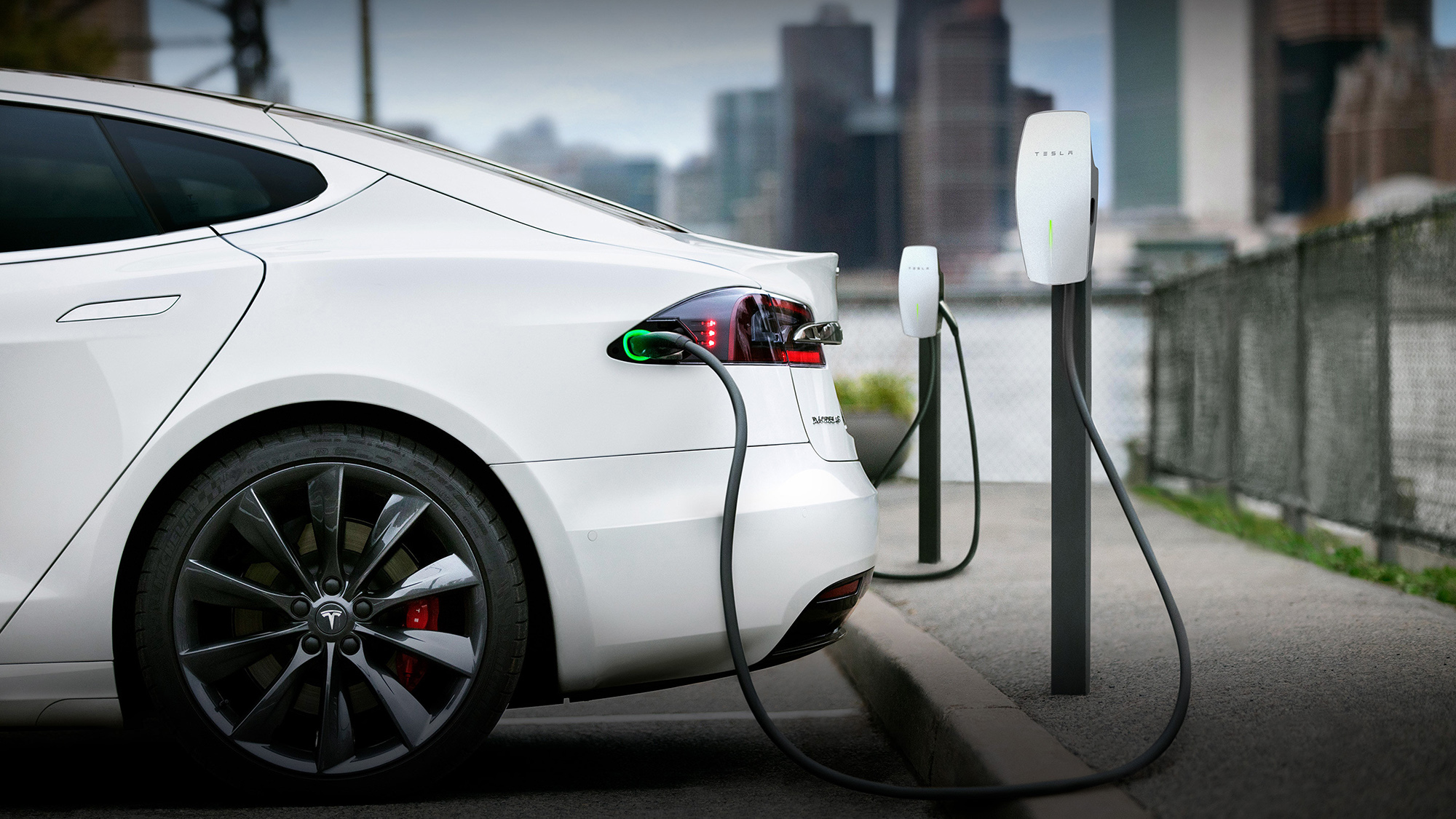Huge federal funding for EV chargers could finally kill range anxiety
Infrastructure bill funding means there's $7.5 billion to build new EV chargers

Electric vehicle charging infrastructure has improved a lot in recent years, but there’s still a long way to go before EV charging points are as commonplace as gas stations. Fortunately for American drivers, there’s some good news.
President Joe Biden’s $1.2 trillion infrastructure plan just passed the House of Representatives, with a dedicated $7.5 billion for EV charging. The goal is to have 500,000 chargers by 2030, which would go a long way towards killing range anxiety.
Read next: Tesla just unveiled a new weapon in the war against range anxiety
- How long does it take to charge an electric car? What you need to know
- Electric car charging stations near me: Where to charge your electric car
- Plus: OnePlus 10 Pro first look — this could be the weird new design
According to the U.S. Department of Energy, there are around 125,000 public EV chargers in the United States. So we’re talking about getting more than four times as many new EV chargers over the next eight years. Obviously that's a very big deal, especially for those people who can’t install their own car charger at home.
It’s worth mentioning that the majority of public chargers in the U.S. are the Level 2 AC ‘fast chargers.' Something of a misnomer, these fast chargers still take several hours to recharge most EVs. Meanwhile the number of DC rapid chargers, which recharge in under an hour, is under 6,000.
Right now it’s not clear how the infrastructure bill funds will be spent, and what the ratio of DC to AC charging stations will be. It’s likely that the vast majority will still be AC chargers, which are slower but also better for long-term battery health.
They’re the kind of chargers people will want if they can’t recharge at home, or if they need to plug in while shopping or doing some other time-consuming activity.
Get instant access to breaking news, the hottest reviews, great deals and helpful tips.
But even a small increase in rapid charging stations will do a lot to help kill off the idea of range anxiety. Better availability of rapid chargers across the U.S. means EV drivers are less likely to find themselves too far from a suitable charger when their battery starts running low on power. Especially if they’re built in more rural areas, which are poorly served by EV infrastructure right now.
The only question we have is whether the 500,000 figure will be enough to meet demand when 2030 rolls around. Electric car sales are picking up, and a large number of automakers have announced their plans to boost the number of all-electric sales by the end of the decade. Even Biden himself has announced he wants 50% of new car sales to be electric by 2030.
It’s not as ambitious as some European countries, like the U.K. and Sweden, which are banning the sale of new gasoline and diesel powered cars by 2030. But it does mean there should be a lot more electric cars hitting the road over the next several years — and they’re going to need to be able to recharge.
Thankfully, infrastructure bill or not, EV charging infrastructure is on the up. Companies like Electrify America have announced plans to invest in new infrastructure, while automakers like Rivian and Tesla have been investing in their own network of chargers.
Tesla is particularly notable, since it just launched a pilot scheme in the Netherlands allowing non-Tesla access to the Supercharger network. That will happen in the U.S. too, according to Elon Musk, which will open up 1,000 Supercharger locations to EV drivers across the U.S.
Plus, as automakers invest in larger and more powerful batteries, it means EVs will offer much higher range and won’t need to recharge nearly as much. So in other words range anxiety as a concept is dying, and all these changes are helping speed up the process.
- More: The best electric cars you can buy right now

Tom is the Tom's Guide's UK Phones Editor, tackling the latest smartphone news and vocally expressing his opinions about upcoming features or changes. It's long way from his days as editor of Gizmodo UK, when pretty much everything was on the table. He’s usually found trying to squeeze another giant Lego set onto the shelf, draining very large cups of coffee, or complaining about how terrible his Smart TV is.
